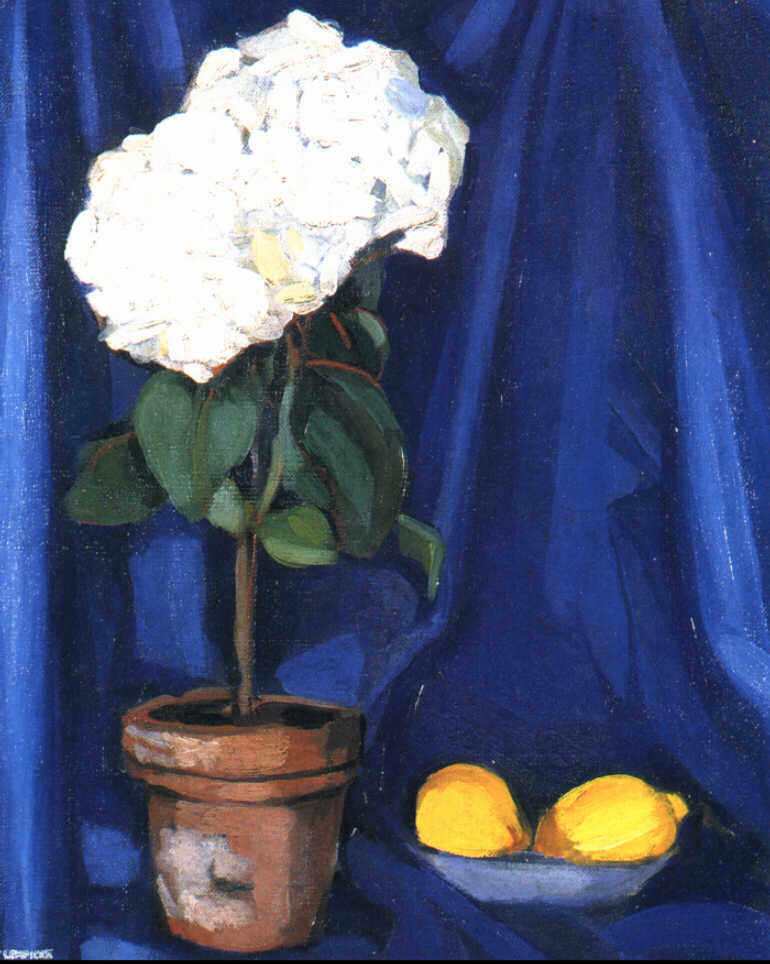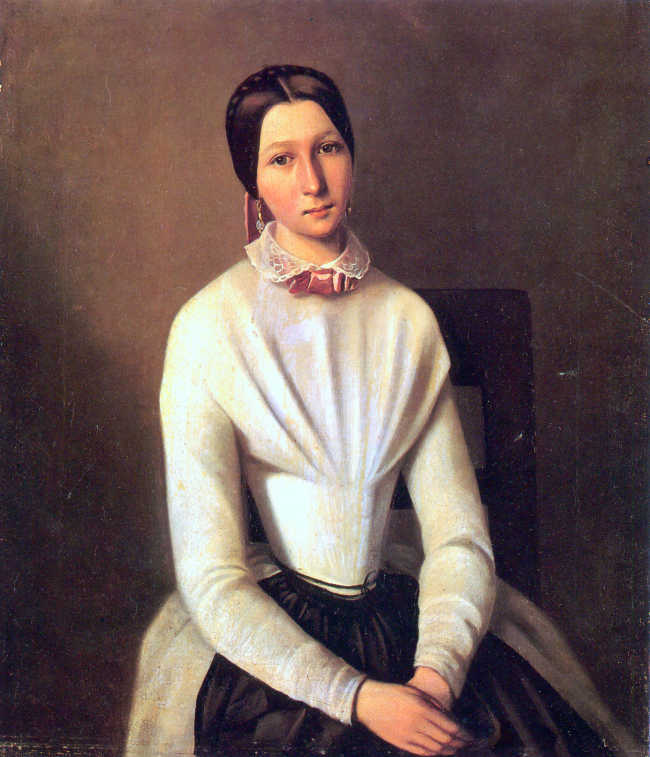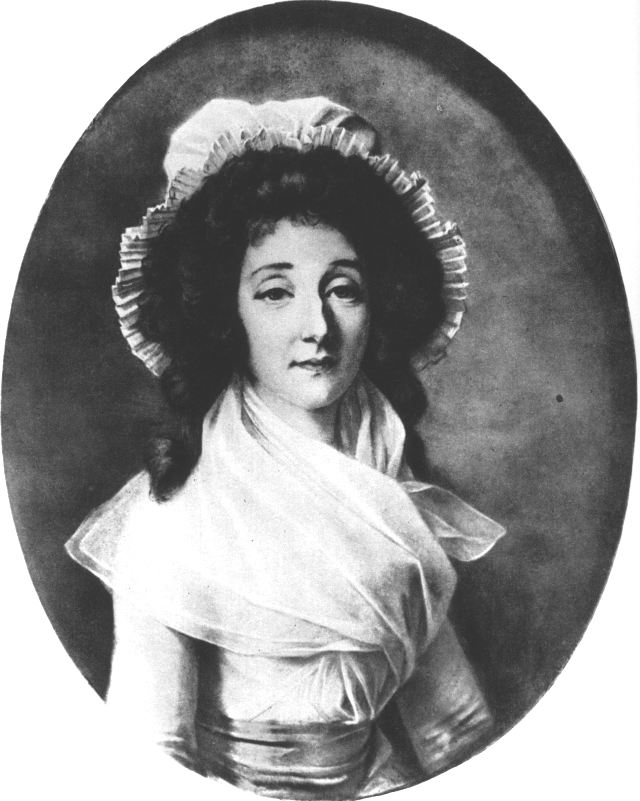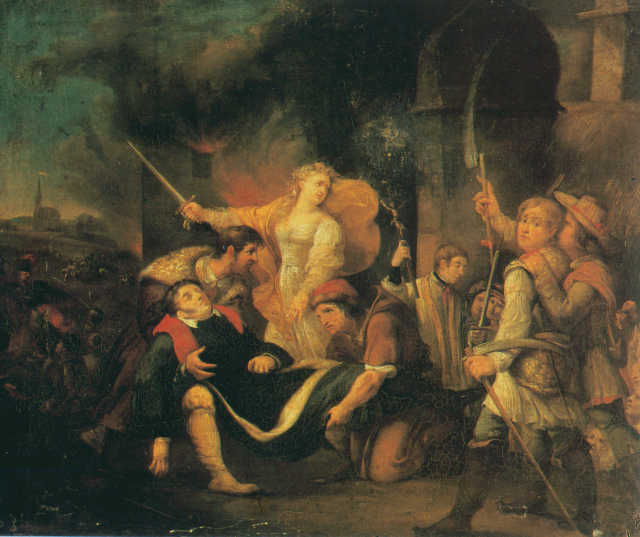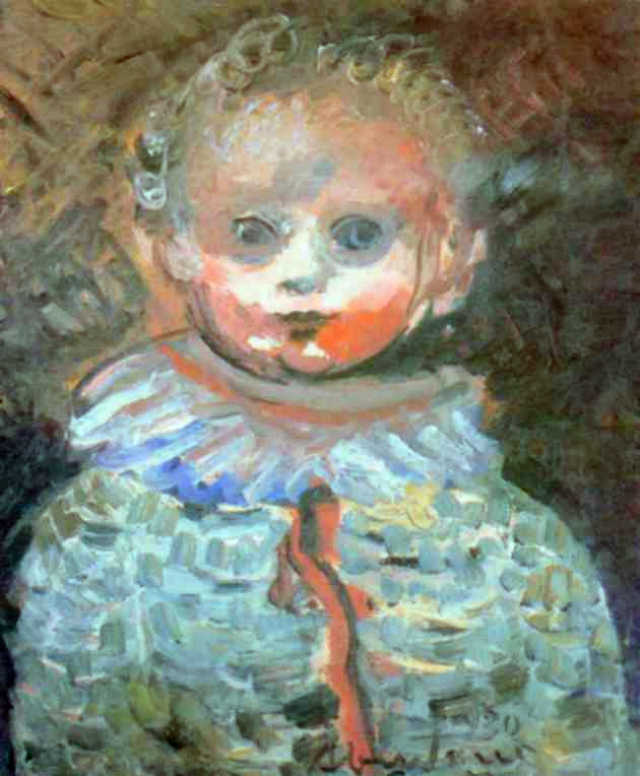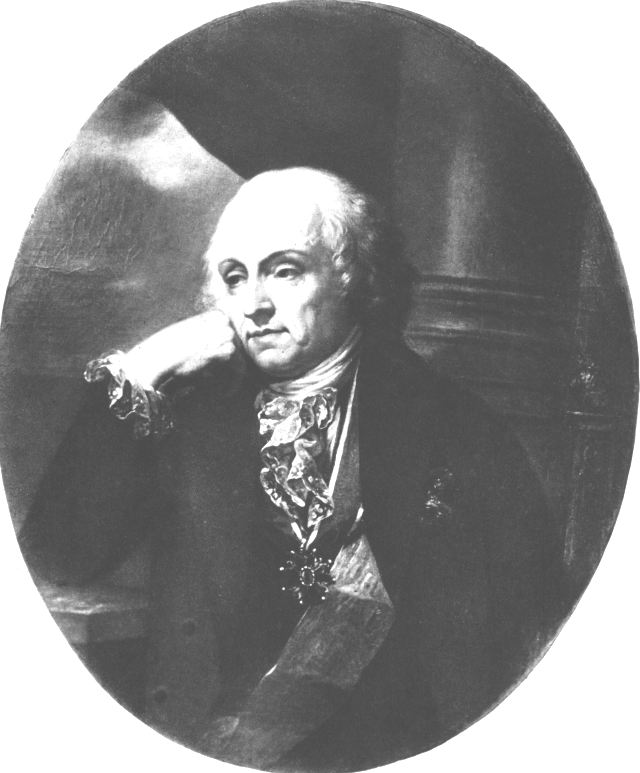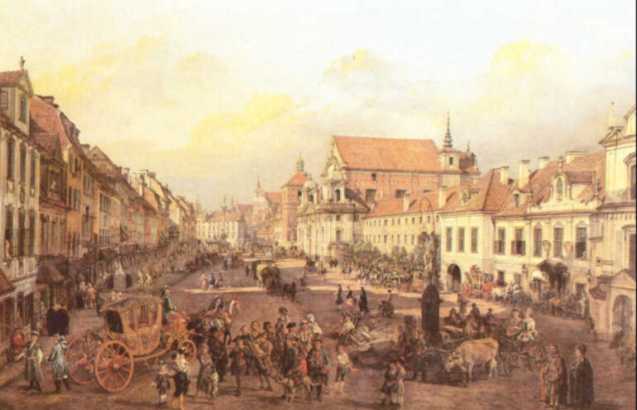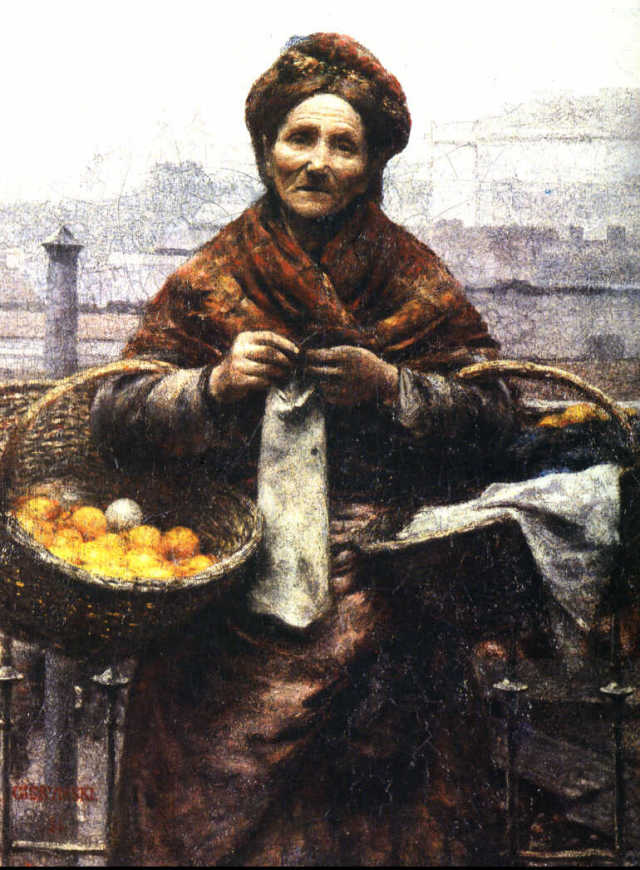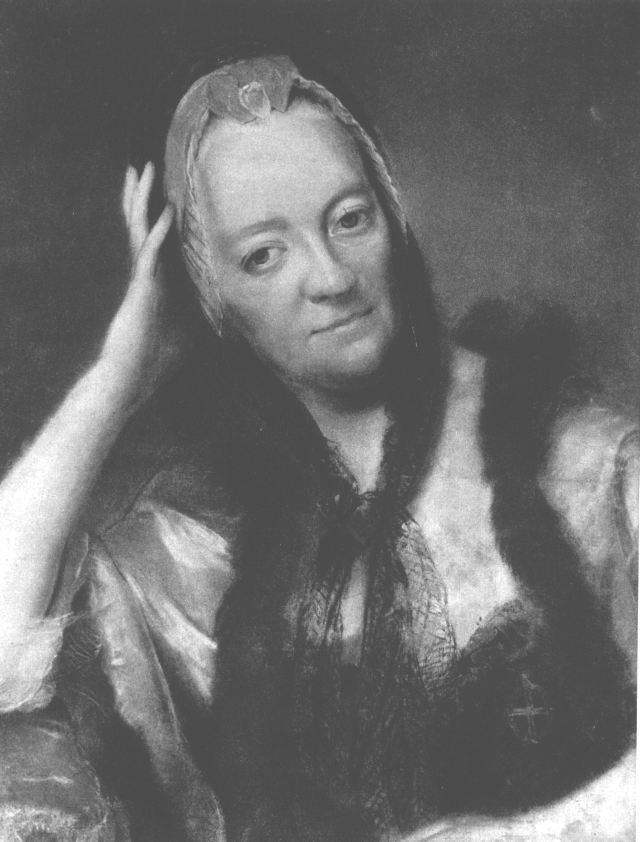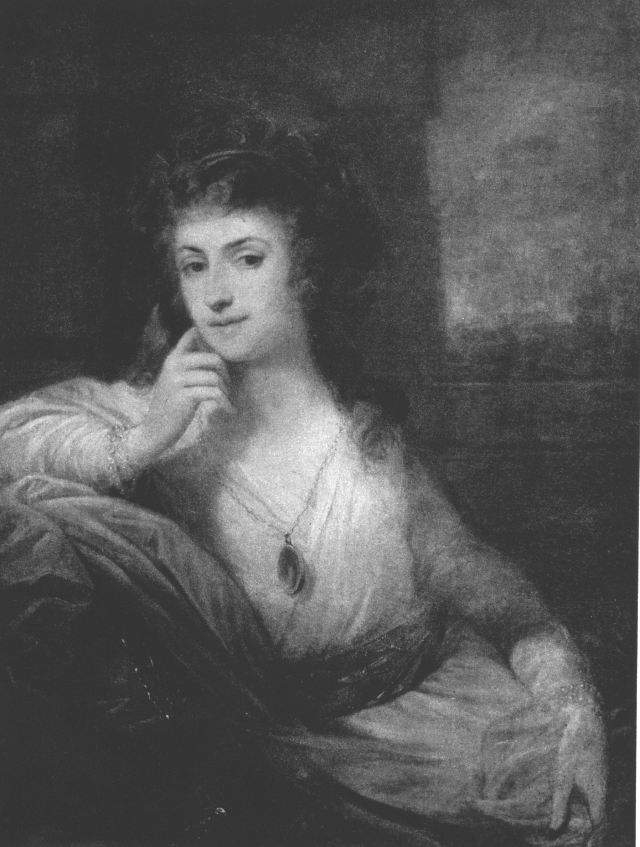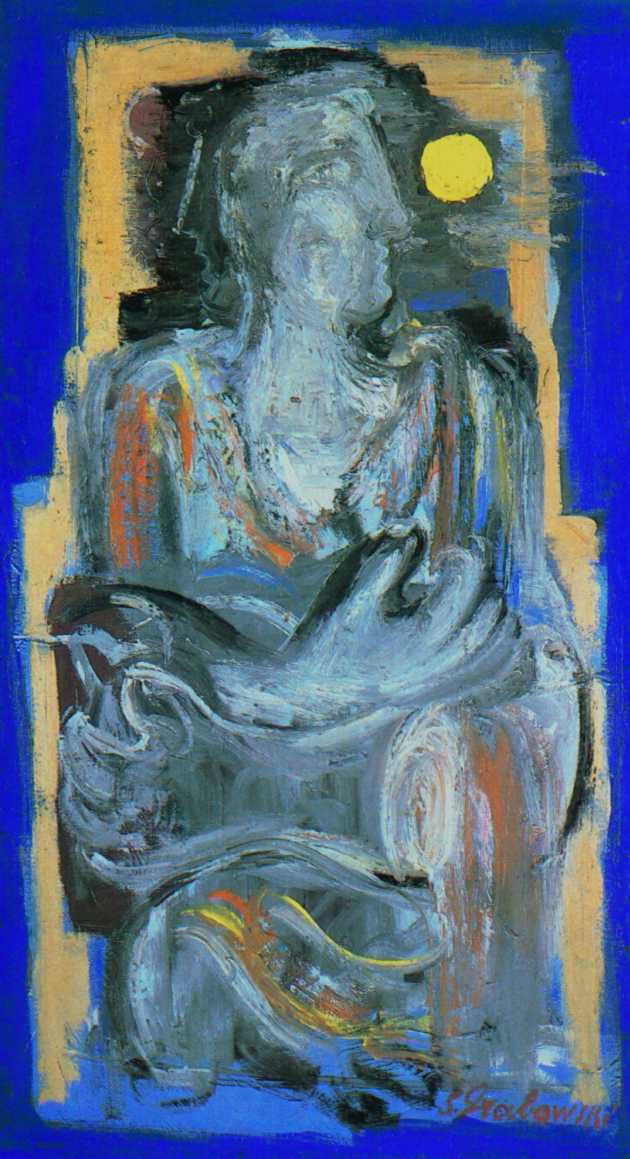Baccarelli, Marcela (ur. 16.02.1731 Rome, zm. 05.01.1731 Warsaw).
Bacciarelli was educated in Rome with Marc Benefial. W 1750 he left for Dresden on the initiative of Karl H. Heineken, inspector of the Royal Cabinet of Prints and advisor to Augustus III in matters of art, together with other artists to make cartoon copies of the most outstanding works of the Gallery for engravers for a special album. He painted portraits here, he learned engraving and gave lessons himself (his pupil was, among others. Frederic Richter, later an outstanding miniaturist, whom he married in 1755). During the Seven Years' War, with an end 1756, he came with the court of Augustus III to Warsaw. Here he made contact with Stanisław August Poniatowski, then a Lithuanian carpenter and other aristocrats, for which he made portraits. W 1763 he did not accept the proposed professorship at the forthcoming Academy of Fine Arts in Dresden and remained in Poland. From 1764 he stayed in Vienna at the court of Maria Theresa, by painting portraits of the imperial family. He came to Warsaw again and permanently in 1766 already as the court painter of King Stanisław August. At the behest of King Bacciarelli, he was developing a project to organize an academy of fine arts. Its implementation did not take place, a painting shop at the Warsaw Castle, financed personally by Stanisław August, was established. Many artists have studied there, and moreover, it served as a service workshop for the monarch. It was performed, among others, by. workshop replicas of the atelier manager's canvases.
Baccarelli, to whom the Seym in recognition of his merits awarded an indigenate already in 1768, he was not only the first court painter, but also the king's advisor and plenipotentiary in artistic matters (increasing over the years). He had a considerable influence on the selection and purchase of works for the monarch's gallery. W 1777 he was appointed head of the three-person Royal Buildings Commission; w 1784 received the title of the Director of Fine Arts, a w 1786 General Construction Director. As a court painter, he went abroad only once in 1787 – to Italy with a special royal order.
Next to portrait painting, constituting the core of the artist's work, Bacciarelli commissioned the king to perform many works in the field of monumental painting. First, there were three mythological and idyllic paintings for Ujazdowski Castle, unknown to us today. The main works decorated the Warsaw Castle and the Łazienki Palace. He painted Bacciarelli for the Castle: in years 1768-71 to the Marble Cabinet 22 images of Polish kings and, together with Plersch, the Wieczność ceiling (or Fame proclaiming the memorable deeds of Polish monarchs). 1776-77 four supraports for the King's Bedroom (Rebecca and Eleazar, Esther faints before Ahasver, Agar holding her son in her lap, Angel pointing to Agara's source) and a plafond to the Former Audience Hall The flourishing of the arts, science, agriculture and trade under the rule of Stanisław August and four allegorical supreports: Belief, Justice, Reason and Strength – personifications of the virtues of a good ruler; 1778-80 plafond to the Ballroom Chapter four elements, that is Jupiter bringing the world out of chaos; 1781-86 ten portraits of famous Poles to the Knight's Hall – images of chiefs, representatives of science and culture from the 16th and 17th centuries. and six great historical compositions (Casimir the Great listening to the requests of the peasants, Granting privileges to the Krakow Academy, Prussian homage, Union of Lublin, Tractat chocimski, Jan III Sobieski near Vienna). In the palace in Łazienki, he painted the Bacciarelli for the Salomon Hall in six compositions: na plafonie – Its Solomon, on the facet – Queen of Sheba visits Solomon, Solomon's Court, Solomon's Council with King Hiram and on the walls – Dedication of the Jerusalem Temple by Solomon i Solomon's sacrifice; 1793-95 four allegorical tondas to the Rotunda Bravery, Justice, Kindness (Room) and Wisdom.
As a portrait painter, Bacciarelli worked continuously throughout his life. A group of his first images, made famous during August III in Dresden and Warsaw, still belongs to the baroque era.
His main output is related to the activity at the court of Stanisław August. He portrayed the king several times, people from his family and surroundings (m.in. ladies associated with the court – Elżbieta Grabowska, Anna Teofila Potocka, Helena Radziwiłł, Catherine Thomatis, Anna Dorota Biron, Maria Duhamel and her daughter Julia and other representatives of the magnates (m.in. Marshal of the Cor. Stanisław Lubomirski and Bishop Kajetan Sołtyk). He left behind several self-portraits. After abdication in 1795 and the king's departure to Grodno, Bacciarelli continued to work for him, making replicas of his paintings and new portraits and sketches for compositions Andromeda, Ringed i Egyptian princess. He looked after the artistic property of the monarch and looked after his financial affairs until the property of the deceased was transferred to 1798 r. king, Fr.. Józef Poniatowski. He supervised the conservation of the Castle and the Łazienki complex. W 1796 compiled a detailed catalog of the Royal Gallery. After the death of King Bacciarelli, he worked for various principals, including. Joachim Chreptowicz, making portraits for him and religious paintings for the chapel in Szczorsy.
After the establishment of the Duchy of Warsaw, it was established by St. 1808 as a member of the Society of Friends of Sciences. At that time, he painted for the Society portraits of the Duke of Warsaw, Frederick Augustus I and his wife, images of senate members, and in years 1809-11 image Conferring a constitution on the Duchy of Warsaw. W 1810 he painted a picture for the Warsaw cathedral Madonna and Child, st. John the Baptist and St.. Stanisław in place of Napoleon's work by Palma the Younger.
He also made a posthumous portrait of Prince Józef, who became a model for other artists. At the end of life in 1817 r. for his contribution to Polish art, he was appointed honorary dean of the Faculty of Sciences and Fine Arts at the newly opened University of Warsaw. He was an honorary member of several academies: from 1766 in Dresden, and from 1787 or later in Vienna, Venice, Bologna, Rome and Berlin.
Bacciarelli was educated in Rome with Marc Benefial. W 1750 he left for Dresden on the initiative of Karl H. Heineken, inspector of the Royal Cabinet of Prints and advisor to Augustus III in matters of art, together with other artists to make cartoon copies of the most outstanding works of the Gallery for engravers for a special album. He painted portraits here, he learned engraving and gave lessons himself (his pupil was, among others. Frederic Richter, later an outstanding miniaturist, whom he married in 1755). During the Seven Years' War, with an end 1756, he came with the court of Augustus III to Warsaw. Here he made contact with Stanisław August Poniatowski, then a Lithuanian carpenter and other aristocrats, for which he made portraits. W 1763 he did not accept the proposed professorship at the forthcoming Academy of Fine Arts in Dresden and remained in Poland. From 1764 he stayed in Vienna at the court of Maria Theresa, by painting portraits of the imperial family. He came to Warsaw again and permanently in 1766 already as the court painter of King Stanisław August. At the behest of King Bacciarelli, he was developing a project to organize an academy of fine arts. Its implementation did not take place, a painting shop at the Warsaw Castle, financed personally by Stanisław August, was established. Many artists have studied there, and moreover, it served as a service workshop for the monarch. It was performed, among others, by. workshop replicas of the atelier manager's canvases.
Baccarelli, to whom the Seym in recognition of his merits awarded an indigenate already in 1768, he was not only the first court painter, but also the king's advisor and plenipotentiary in artistic matters (increasing over the years). He had a considerable influence on the selection and purchase of works for the monarch's gallery. W 1777 he was appointed head of the three-person Royal Buildings Commission; w 1784 received the title of the Director of Fine Arts, a w 1786 General Construction Director. As a court painter, he went abroad only once in 1787 – to Italy with a special royal order.
Next to portrait painting, constituting the core of the artist's work, Bacciarelli commissioned the king to perform many works in the field of monumental painting. First, there were three mythological and idyllic paintings for Ujazdowski Castle, unknown to us today. The main works decorated the Warsaw Castle and the Łazienki Palace. He painted Bacciarelli for the Castle: in years 1768-71 to the Marble Cabinet 22 images of Polish kings and, together with Plersch, the Wieczność ceiling (or Fame proclaiming the memorable deeds of Polish monarchs). 1776-77 four supraports for the King's Bedroom (Rebecca and Eleazar, Esther faints before Ahasver, Agar holding her son in her lap, Angel pointing to Agara's source) and a plafond to the Former Audience Hall The flourishing of the arts, science, agriculture and trade under the rule of Stanisław August and four allegorical supreports: Belief, Justice, Reason and Strength – personifications of the virtues of a good ruler; 1778-80 plafond to the Ballroom Chapter four elements, that is Jupiter bringing the world out of chaos; 1781-86 ten portraits of famous Poles to the Knight's Hall – images of chiefs, representatives of science and culture from the 16th and 17th centuries. and six great historical compositions (Casimir the Great listening to the requests of the peasants, Granting privileges to the Krakow Academy, Prussian homage, Union of Lublin, Tractat chocimski, Jan III Sobieski near Vienna). In the palace in Łazienki, he painted the Bacciarelli for the Salomon Hall in six compositions: na plafonie – Its Solomon, on the facet – Queen of Sheba visits Solomon, Solomon's Court, Solomon's Council with King Hiram and on the walls – Dedication of the Jerusalem Temple by Solomon i Solomon's sacrifice; 1793-95 four allegorical tondas to the Rotunda Bravery, Justice, Kindness (Room) and Wisdom.
As a portrait painter, Bacciarelli worked continuously throughout his life. A group of his first images, made famous during August III in Dresden and Warsaw, still belongs to the baroque era.
His main output is related to the activity at the court of Stanisław August. He portrayed the king several times, people from his family and surroundings (m.in. ladies associated with the court – Elżbieta Grabowska, Anna Teofila Potocka, Helena Radziwiłł, Catherine Thomatis, Anna Dorota Biron, Maria Duhamel and her daughter Julia and other representatives of the magnates (m.in. Marshal of the Cor. Stanisław Lubomirski and Bishop Kajetan Sołtyk). He left behind several self-portraits. After abdication in 1795 and the king's departure to Grodno, Bacciarelli continued to work for him, making replicas of his paintings and new portraits and sketches for compositions Andromeda, Ringed i Egyptian princess. He looked after the artistic property of the monarch and looked after his financial affairs until the property of the deceased was transferred to 1798 r. king, Fr.. Józef Poniatowski. He supervised the conservation of the Castle and the Łazienki complex. W 1796 compiled a detailed catalog of the Royal Gallery. After the death of King Bacciarelli, he worked for various principals, including. Joachim Chreptowicz, making portraits for him and religious paintings for the chapel in Szczorsy.
After the establishment of the Duchy of Warsaw, it was established by St. 1808 as a member of the Society of Friends of Sciences. At that time, he painted for the Society portraits of the Duke of Warsaw, Frederick Augustus I and his wife, images of senate members, and in years 1809-11 image Conferring a constitution on the Duchy of Warsaw. W 1810 he painted a picture for the Warsaw cathedral Madonna and Child, st. John the Baptist and St.. Stanisław in place of Napoleon's work by Palma the Younger.
He also made a posthumous portrait of Prince Józef, who became a model for other artists. At the end of life in 1817 r. for his contribution to Polish art, he was appointed honorary dean of the Faculty of Sciences and Fine Arts at the newly opened University of Warsaw. He was an honorary member of several academies: from 1766 in Dresden, and from 1787 or later in Vienna, Venice, Bologna, Rome and Berlin.
Self portrait in a confederate, ok. 1788
oil, canvas, 70,5 x 57,5 cm;
National Museum in Warsaw;
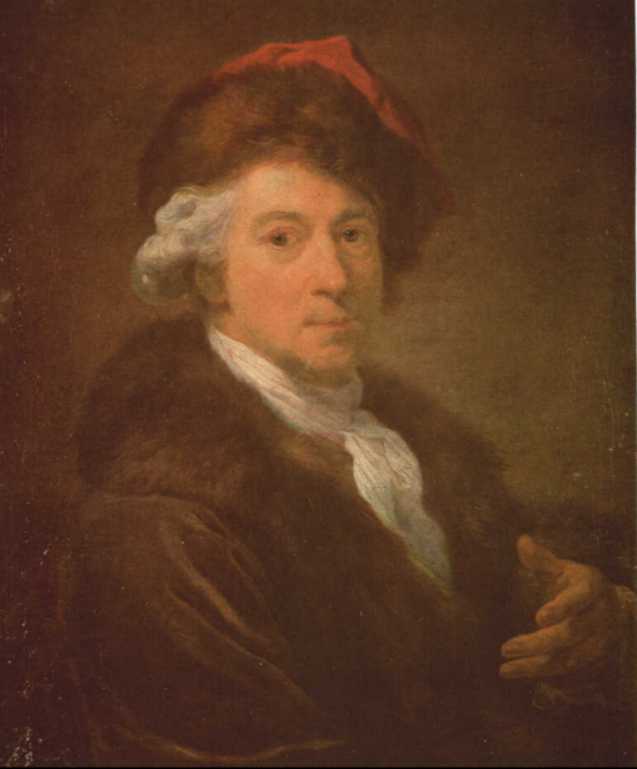
Probably influenced by the growth of patriotic ideas in the era of the Four-Year Sejm, the artist presented himself in a national headdress: the picture is therefore his manifest admission to Polishness.
It was repeated several times by the artist (replica m.in. at the National Museum in Krakow) and copied by others.
oil, canvas, 70,5 x 57,5 cm;
National Museum in Warsaw;

Probably influenced by the growth of patriotic ideas in the era of the Four-Year Sejm, the artist presented himself in a national headdress: the picture is therefore his manifest admission to Polishness.
It was repeated several times by the artist (replica m.in. at the National Museum in Krakow) and copied by others.
Portrait of Stanisław August in a coronation dress, 1768-71
Royal Castle in Warsaw;
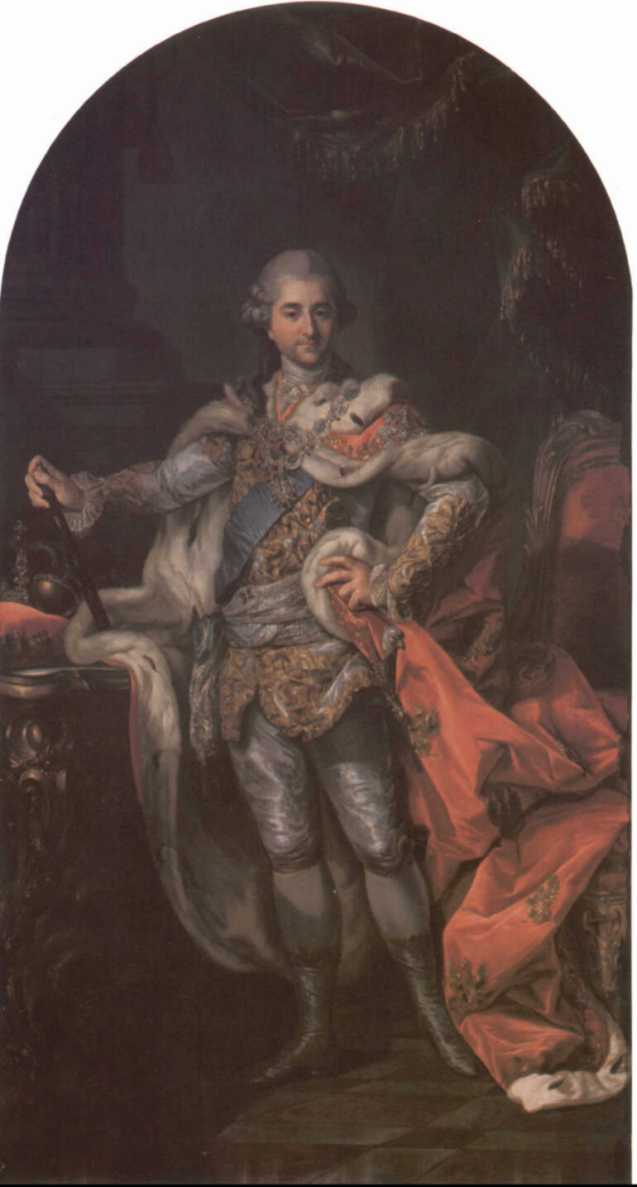
Royal Castle in Warsaw;

Portrait of Józef Radzimiński, of the Gniezno voivode, ok. 1810
oil, canvas, 65 x 54,5 cm;
Lviv Picture Gallery;
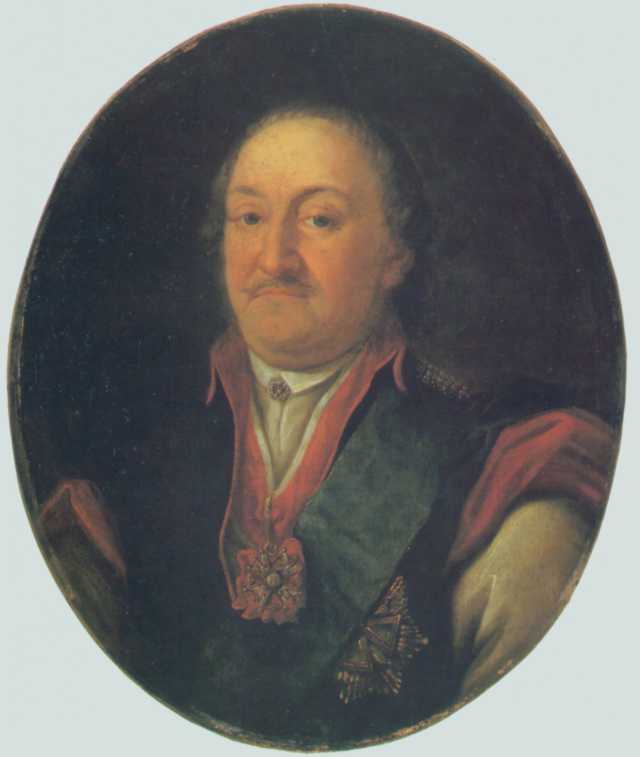
oil, canvas, 65 x 54,5 cm;
Lviv Picture Gallery;

Portrait of Stanisław August, ok. 1786
oil, canvas, 115,5 x 87 cm;
Lviv Picture Gallery;
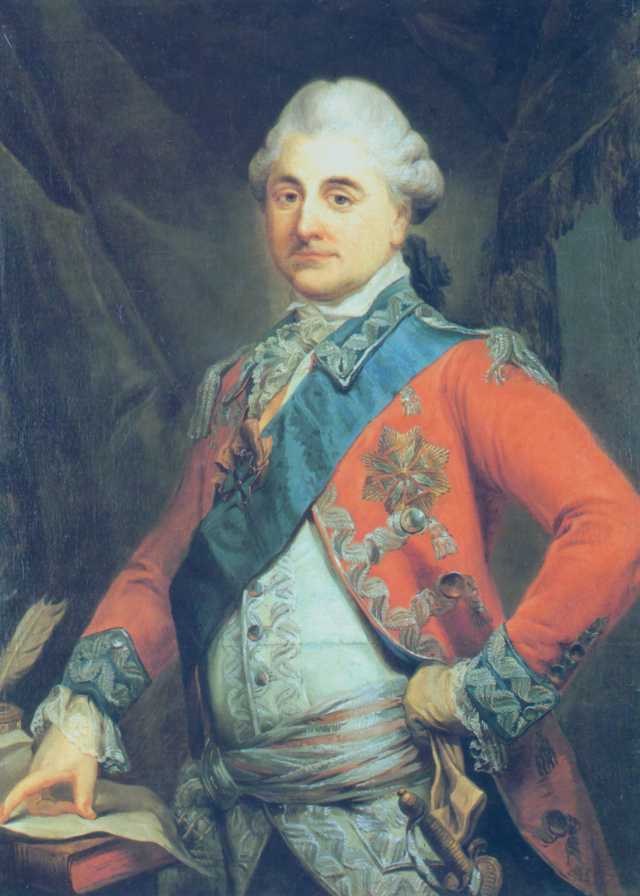
oil, canvas, 115,5 x 87 cm;
Lviv Picture Gallery;

Portrait of Stanisław August in a coronation dress, study before 1770
oil, canvas, 51 x 36 cm;
National Museum in Poznań;

An oil study of a portrait, the final known version of which, painted in years 1768-71 for the Marble Cabinet at the Warsaw Castle, was based on a compositional arrangement that differs in essential details.
oil, canvas, 51 x 36 cm;
National Museum in Poznań;

An oil study of a portrait, the final known version of which, painted in years 1768-71 for the Marble Cabinet at the Warsaw Castle, was based on a compositional arrangement that differs in essential details.
Portrait of Stanisław August in a hat with feathers, after 1870
oil, canvas, 71 x 57 cm;
National Museum in Warsaw;
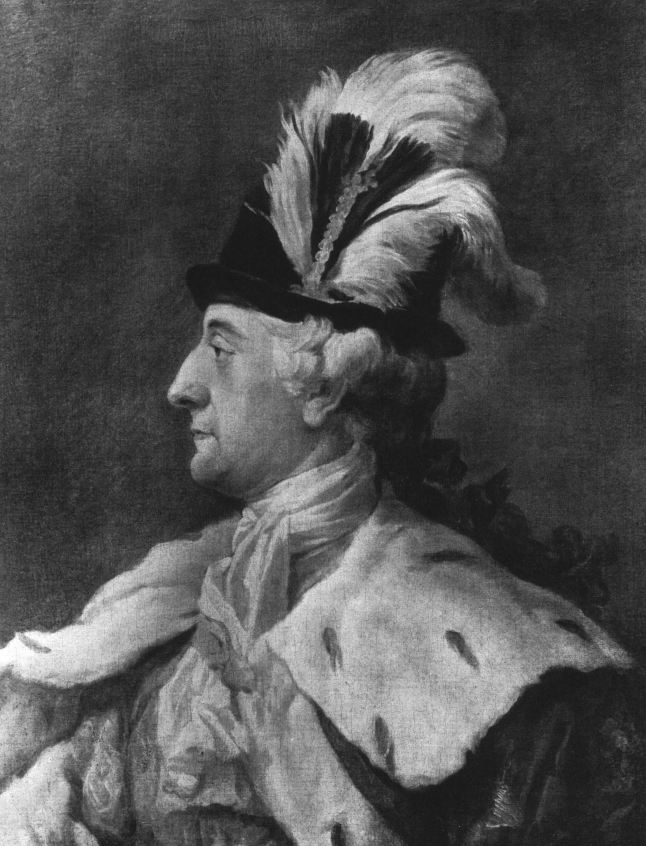
oil, canvas, 71 x 57 cm;
National Museum in Warsaw;

Portrait of Stanisław Lubomirski, ok. 1780
oil, canvas, 86 x 63,5 cm;
National Museum in Warsaw;
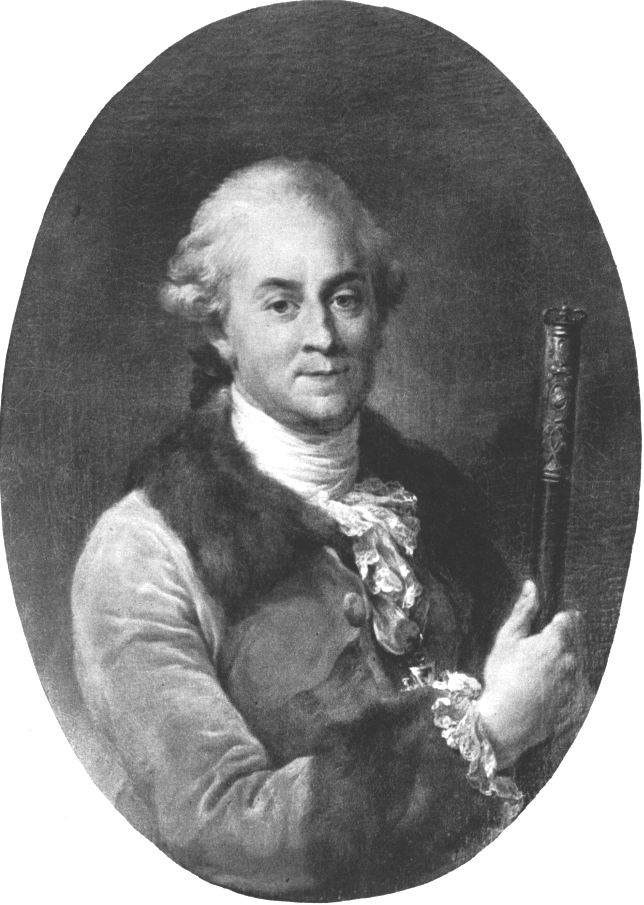
Stanisław Lubomirski (ok. 1721-83), from 1776 Marshal of the Cor. W 1753 Married to Izabela Czartoryska, from 1778 co-owner of Wilanów. An earlier portrait of Lubomirski with a slightly different composition and without the marshal's cane, also Bacciarelli's brush, is in the National Museum in Wrocław. Versions of the portrait were repeated by Bacciarelli's workshop (np. painting in the palace in Łazienki, from the Potocki family collection) and by K. Aleksandrowicz.
oil, canvas, 86 x 63,5 cm;
National Museum in Warsaw;

Stanisław Lubomirski (ok. 1721-83), from 1776 Marshal of the Cor. W 1753 Married to Izabela Czartoryska, from 1778 co-owner of Wilanów. An earlier portrait of Lubomirski with a slightly different composition and without the marshal's cane, also Bacciarelli's brush, is in the National Museum in Wrocław. Versions of the portrait were repeated by Bacciarelli's workshop (np. painting in the palace in Łazienki, from the Potocki family collection) and by K. Aleksandrowicz.
Portrait of Julia Duhamel, 1781
oil, canvas, oval, 65 x 52 cm;
National Museum in Poznań;
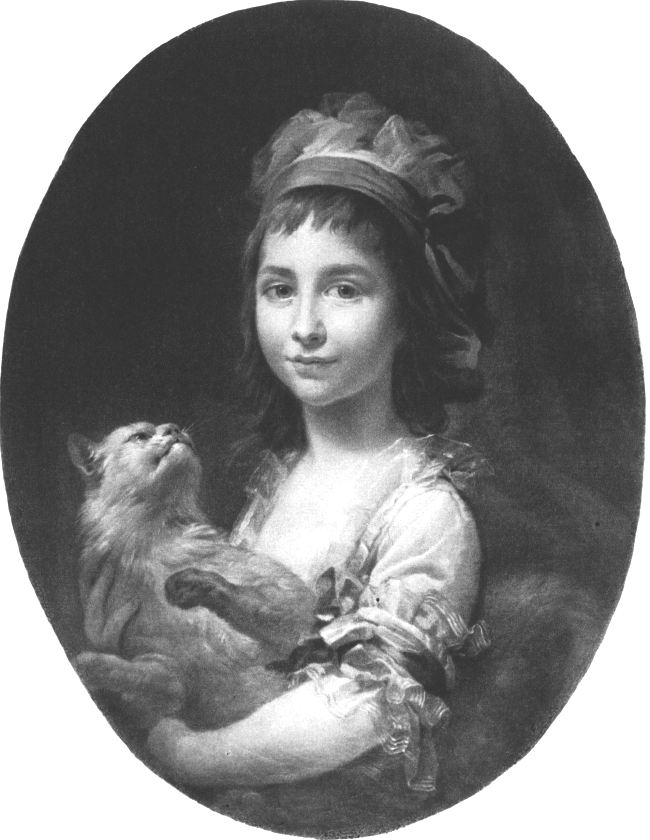
Julia Duhamel, later Manteuffel, ur. ok. 1773 r., Józef Duhamel's younger daughter, the royal secretary and the Royal Buildings Commission. The portrait shows her as an approximately 8-year-old girl. The artist painted her portrait also later, ok. 1789 r.
oil, canvas, oval, 65 x 52 cm;
National Museum in Poznań;

Julia Duhamel, later Manteuffel, ur. ok. 1773 r., Józef Duhamel's younger daughter, the royal secretary and the Royal Buildings Commission. The portrait shows her as an approximately 8-year-old girl. The artist painted her portrait also later, ok. 1789 r.
Self portrait in a brown tailcoat, 1793
oil, canvas, 68,5 x 57 cm;
National Museum in Warsaw;
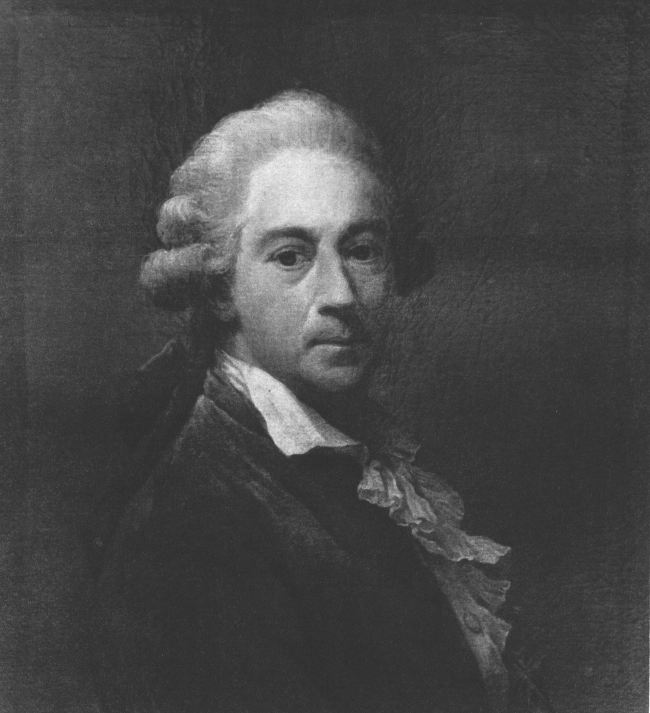
A replica or a copy of this portrait was burnt during the last war in the Przezdziecki collection in Warsaw. In the Bacciarelli tombstone in the Warsaw cathedral, also destroyed during World War II, there was a copy of the portrait by J brush. Gładysza.
oil, canvas, 68,5 x 57 cm;
National Museum in Warsaw;

A replica or a copy of this portrait was burnt during the last war in the Przezdziecki collection in Warsaw. In the Bacciarelli tombstone in the Warsaw cathedral, also destroyed during World War II, there was a copy of the portrait by J brush. Gładysza.
Portrait of Stanisław August z “hourglass”, 1793
oil, canvas, 111,5 x 85,5 cm;
National Museum in Warsaw;

The king's favorite is his portrait repeated by Bacciarelli himself (np. a specimen formerly in the Potocki family's collection in Jabłonna, missing during the last war, repr. A. Chyczewska Marcello Bacciarelli j.w. il. 114), his workshop and other artists, like Mateusz Tokarski and – in miniature – Vincent de Lesseur. Quote: “He sought light from heaven” (he was looking for light in the sky) taken from Book IV Eneidy, attributes, like an hourglass, crown, inkwell with a pen, and documents, storm raging outside the window, finally beyond the king – express romanticizing content, whose character has not yet been fully interpreted. It is almost certain, that the idea for the composition came from the monarch himself.
oil, canvas, 111,5 x 85,5 cm;
National Museum in Warsaw;

The king's favorite is his portrait repeated by Bacciarelli himself (np. a specimen formerly in the Potocki family's collection in Jabłonna, missing during the last war, repr. A. Chyczewska Marcello Bacciarelli j.w. il. 114), his workshop and other artists, like Mateusz Tokarski and – in miniature – Vincent de Lesseur. Quote: “He sought light from heaven” (he was looking for light in the sky) taken from Book IV Eneidy, attributes, like an hourglass, crown, inkwell with a pen, and documents, storm raging outside the window, finally beyond the king – express romanticizing content, whose character has not yet been fully interpreted. It is almost certain, that the idea for the composition came from the monarch himself.
Tractat chocimski, before 1786
oil, canvas, 340 x 276 cm;
National Museum in Warsaw;

One of the six historical paintings painted for the Knight's Hall, commissioned by Stanisław August; kept at the National Museum, they will return to their former place in the rebuilt Castle.
W 1796 At the king's request, Bacciarelli made small replicas of these canvases: they are probably images stored at NINK today. Sketches for all compositions are in the possession of the National Museum in Poznań. Paintings from the Knight's Hall were copied by various painters at the end of the 18th and 19th centuries., sometimes very freely.
oil, canvas, 340 x 276 cm;
National Museum in Warsaw;

One of the six historical paintings painted for the Knight's Hall, commissioned by Stanisław August; kept at the National Museum, they will return to their former place in the rebuilt Castle.
W 1796 At the king's request, Bacciarelli made small replicas of these canvases: they are probably images stored at NINK today. Sketches for all compositions are in the possession of the National Museum in Poznań. Paintings from the Knight's Hall were copied by various painters at the end of the 18th and 19th centuries., sometimes very freely.
